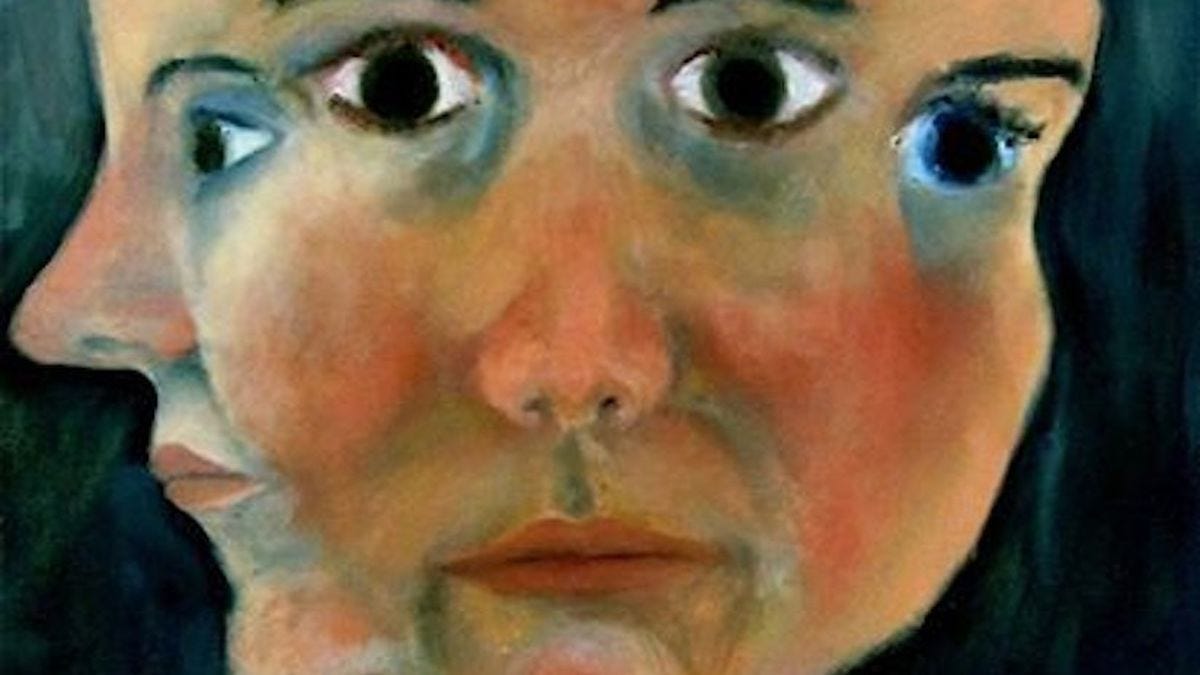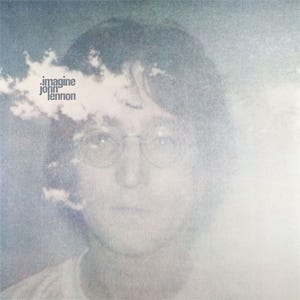It seems that for as beautiful as it feels to hold hands and sing “Imagine” by John Lennon, our optimism has a juxtaposing undercurrent. The futuristic orientation of hope harnessed in the lyrics of dreams lends us to the humane habit of avoidance.
“Imagine there's no countries
It isn't hard to do
Nothing to kill or die for
And no religion, too”
Leaving the tinge of communism on the doorstep, these lines mostly yearn for peace and equality to rain down on us from an impossible, yet cloudless sky. There is hope for a world without chaos catered to violence; where to live is to simply exist under the sun. While this imagined bliss deserves grace in its own unattainable wonder, relying on hope to this degree—to any degree—is an inhibition to movement.
What is hope but a suspension of reality?
“Hope involves not only a wish, but the belief that its fulfillment is possible.” -Santiago Delboy
Hope begs us to straddle romanticism and escapism, and in turn surrender to the optimist’s dream of wafting in endless sunshine, moving neither within nor beyond where the light falls.
Hope promises us a reality that is fabricated by the fantasy we fall asleep to each night. So why is it so encouraged in the face of raw calamity, replacing logic and sincerity with self-fulfilling prophecies and ideations?
Santiago Delboy explores this complexity in the Aeon article, “When hope gets in the way,” in which he takes us down a psychological avenue. He uses his experiences with his clientele, Alex, to uncover hope as a bewitching allure disguised as a coping mechanism for perpetual disappointment.
Alex’s hopes fooled him into wishing for a drop of acceptance that could only fall on him if valuable parts of his identity were concealed. Of course, hope’s enchanting buoyancy compelled him not to linger on the importance of his self-respect.
“Alex’s attempts to be someone else left him feeling like a shadow, growing more distant from his own needs, wishes, and desires, and trapped by alienation and disconnection.” -Delboy
The overarching manner of disassociation is numbing, as emotional existence is severed from that of the physical. This is dangerously attractive for someone shouldering trauma, someone who hopes to be removed from the flame at which their endeavors burn. Naturally, disassociation is usually not a conscious desire but rather embedded in the illusion of hope—a result of giving autonomy to a false reality, beyond the dreamscapes we slip towards on our walk to work.

“Alex and I started to understand that his unyielding hope served him to avoid experiencing the overwhelming pain of disappointment and loss.” -Delboy
Returning to the question regarding why we cling to hope and abandon logic in situations of emotional danger, the answer is simply handed to us by Delboy’s psychological exploration—hope shields us. Hope has the pivotal yet ironic charisma to cleanse our conversations lined with worst-case scenarios, and feed us dessert drenched in happy ever afters. Yet, basking in hope’s delicious warmth only prolongs our emotional maturity to swallow the hard truth that scratches the backs of our throats.
Only once we understand hope’s capability to interfere with our process of mourning can we acknowledge our refusal of reality. Because what is reality without tumultuous misfortunes?
Just as the Buddha invited dukkha into his empire of truth, we must remain humble to the fact that life jostles us with more diagnoses for pain than can be remedied. Once we agree to welcome hardship instead of running from it, hope may be redefined.
Some more unanswerable questions before you go…
Is hope just a disguise for our naive patterns of unconscious avoidance?
What is the difference between hope and hopelessness?
What is hope’s relationship to time?
How could hope be redefined once someone accepts the pain that hope cannot untangle?
Does hope have positive or negative connotation in today’s society?
What do you think of hope’s ability to suspend reality? Could that ever be useful?
That’s up to you to decide.




